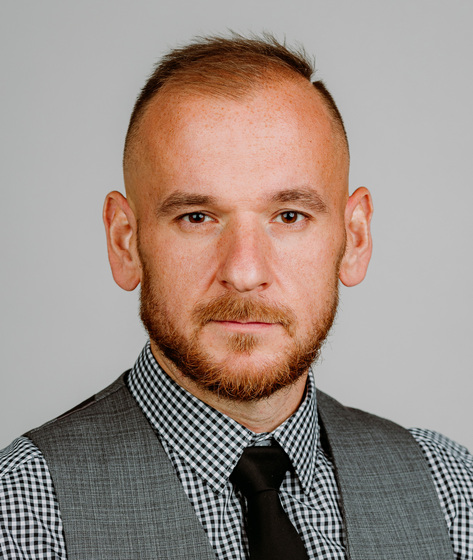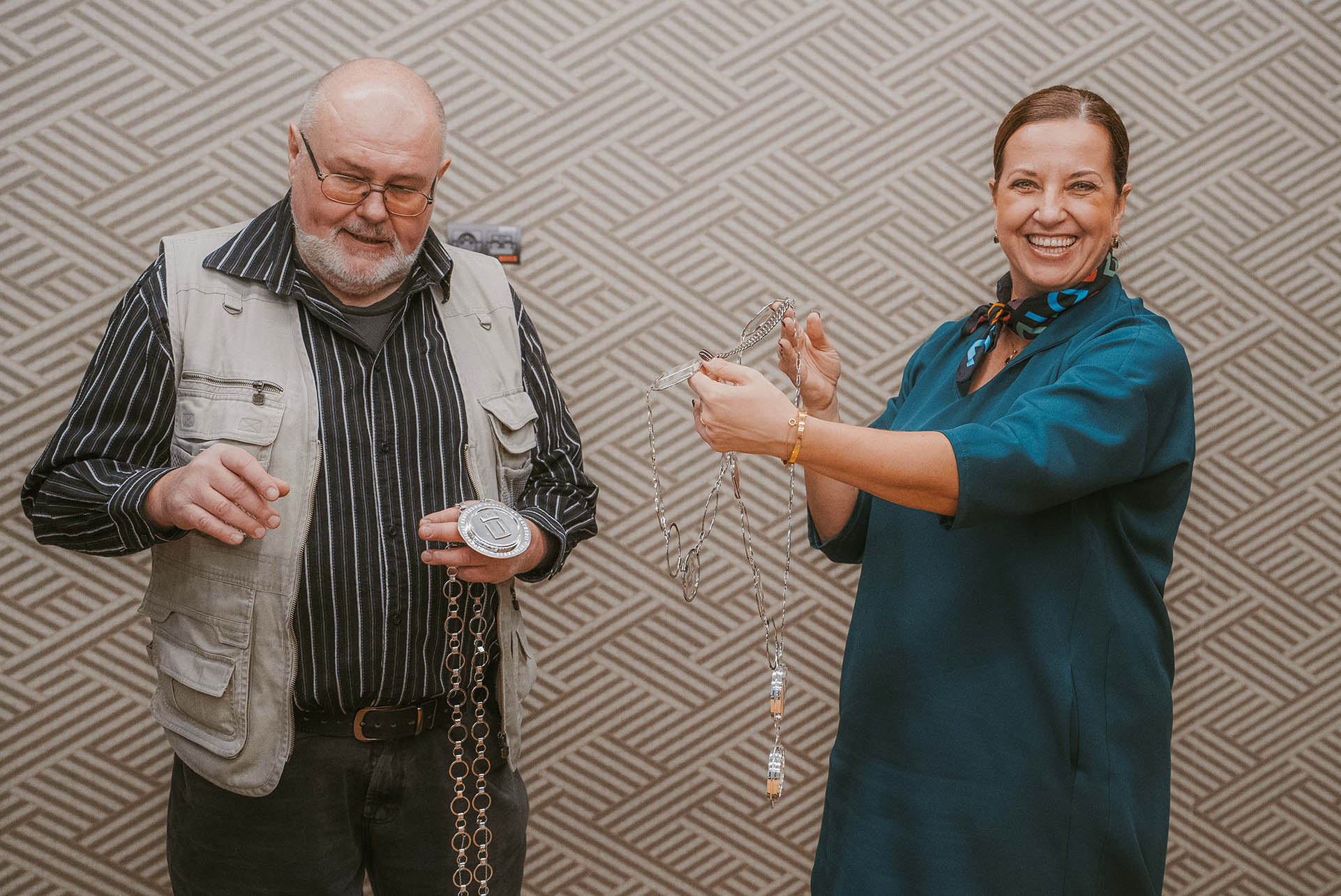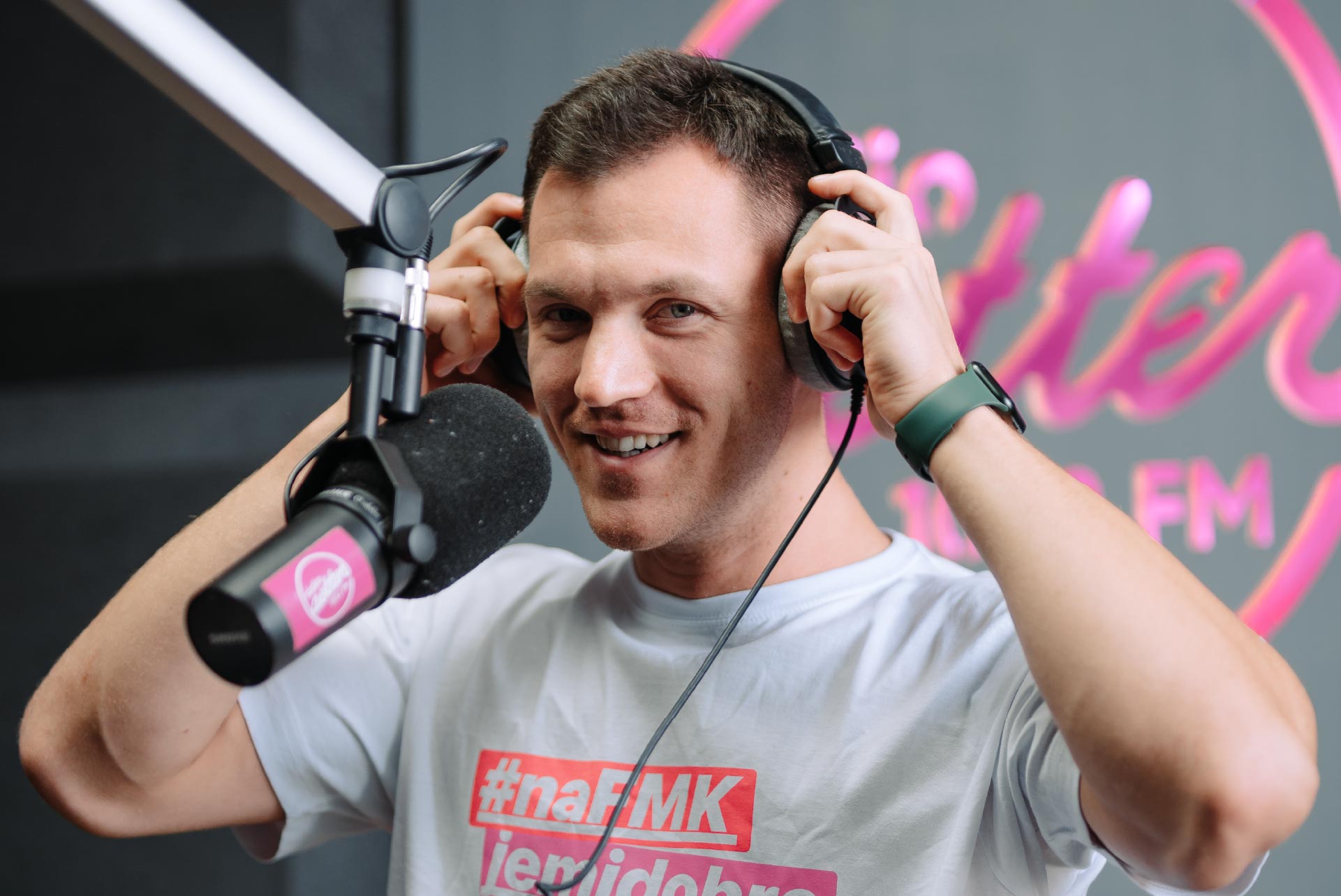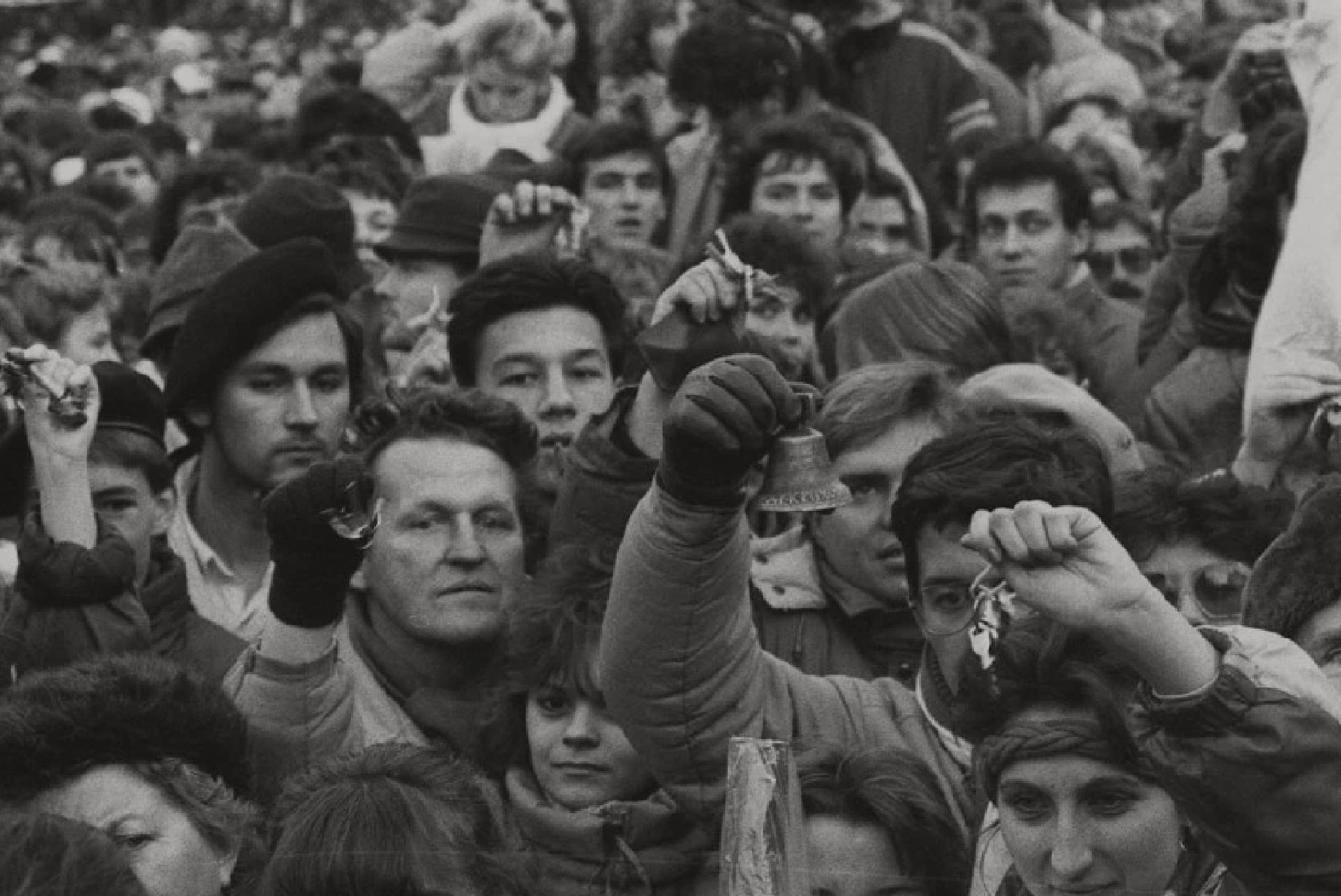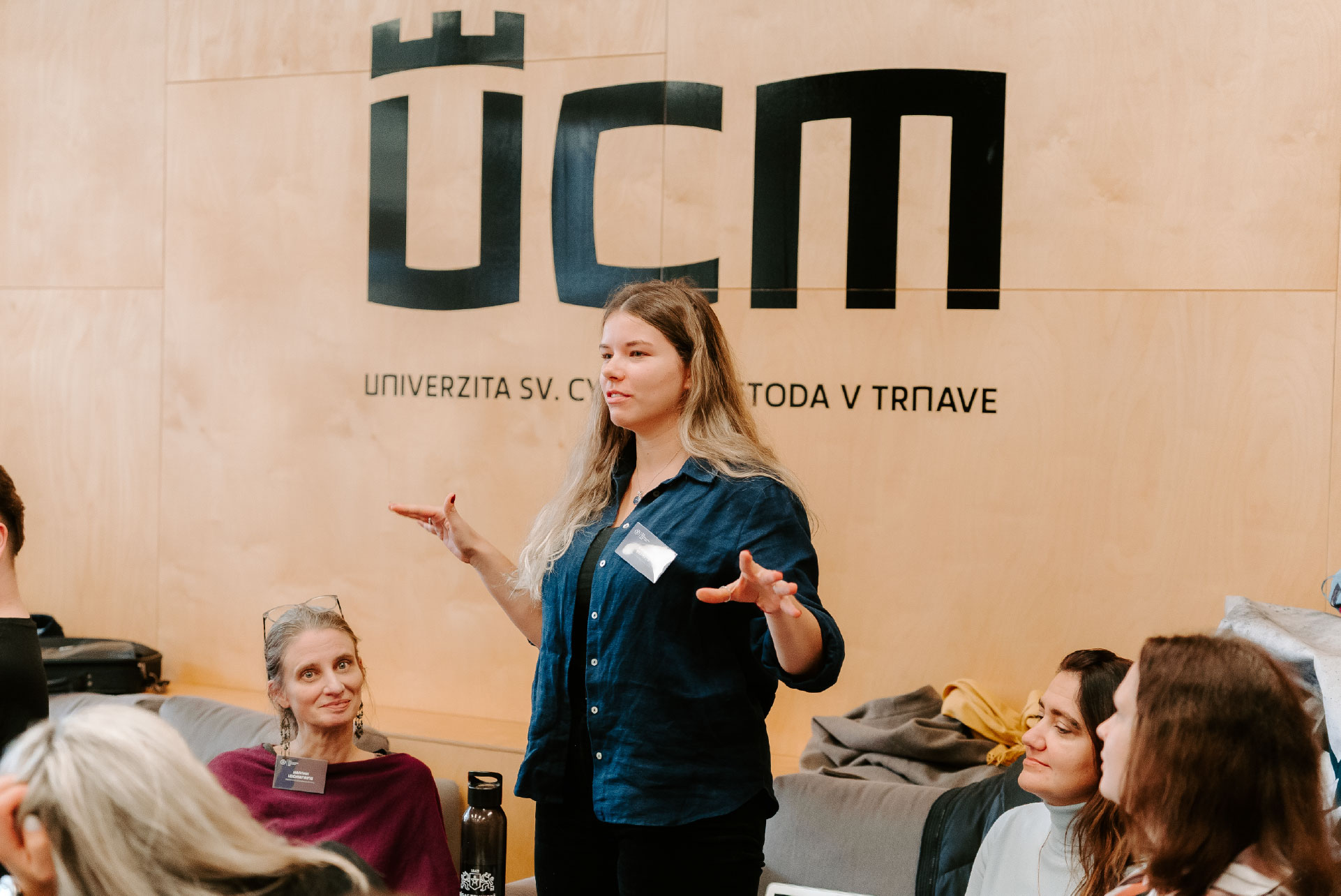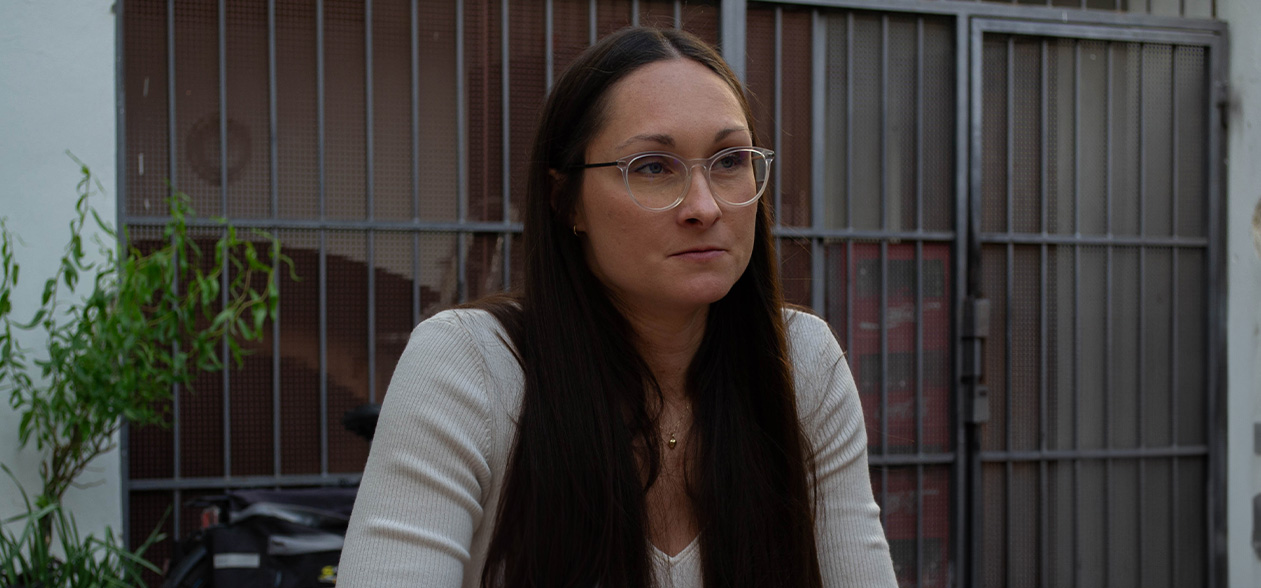
A research stay in Finland helped bioanalyst Partel to her dream job. However, she owes most of who she is in the working field to her supervisor from UCM
She originally wanted to be a veterinarian, but was eventually tempted by the Faculty of Natural Sciences at UCM. Today, our graduate Denisa Partelová assesses clinical trials of medicines at the State Institute for Drug Control.
While preparing for this interview I came across an archive text My Trnava, which described that a certain Denisa Partelová, a student of agricultural management at the Secondary Vocational School in Trnava, decided for a really unconventional way of presenting the practical part of her final exam - breeding laboratory mice and rats. Was it you?
Yes. My teacher at the time and I agreed that setting up a rat and mouse farm on the school premises would be the subject of my practical part of the final exam and secondary school vocational activity (SOT). I finished first in the regional round with my SSC paper at that time. For representing Trnava at the national round I was awarded by the Mayor of Trnava and entered into the city's memorial book.
Apparently, you chose such a practical matriculation exam because you wanted to be a veterinarian. Why did you end up studying biotechnology at the Faculty of Biotechnology of the UCM?
A relative of mine, who was studying veterinary medicine at the time, provided me with sample questions for the entrance exam. After studying these questions, I found that their difficulty exceeded my current knowledge of biology and chemistry. Due to the lack of time to prepare and the impending final exams, I decided not to apply to study veterinary medicine, which I still consider a mistake.
My father also played an important role in my decision, convincing me that studying biotechnology would give me a better career. In his opinion, the discipline had a more promising future. In the end, therefore, I decided to study it, as I was very interested in chemistry and biology in high school.
You see, I had it exactly backwards. Chemistry was one of my least favorite subjects and is a complete unknown to me. How often do you find that people have no idea what you actually do?
It happened more often in the past, but it still happens occasionally today. I simply explain that I used to do drug analysis in the laboratory and today I review clinical trials of drugs. Most of the time they stop at this explanation and don't ask any further questions because it's a really difficult topic (laughs).
"What I was studying for my PhD was something I had been working towards since my undergraduate thesis. At that time I was very lucky to have Associate Professor Miroslav Horník as my supervisor, who remained my mentor until I finished my PhD. He is an extremely intelligent person to whom I am grateful for who I am today in the professional field."
Before we get to what you're doing now, let's go back to your PhD studies. There you studied applied bioanalytical and analytical chemistry. What specifically did you work on?
What I was studying for my PhD was something I had been working towards since my undergraduate thesis. At that time, I was very lucky to have Associate Professor Miroslav Horník as my supervisor, who remained my mentor until the completion of my PhD. He is an extremely intelligent person to whom I am grateful for who I am today in the professional field.
In my bachelor thesis I focused on the biosorption of synthetic dyes by aquatic plants in flow-through systems. We investigated a way to extract toxic dyes from polluted water in a more biologically friendly way, for example after dyeing clothes. We continued with very similar work with extended experiments with the associate professor at master's level. I applied for my PhD at UCM and at the Academy of Sciences. After the entrance exams, I had a choice as I passed them both.
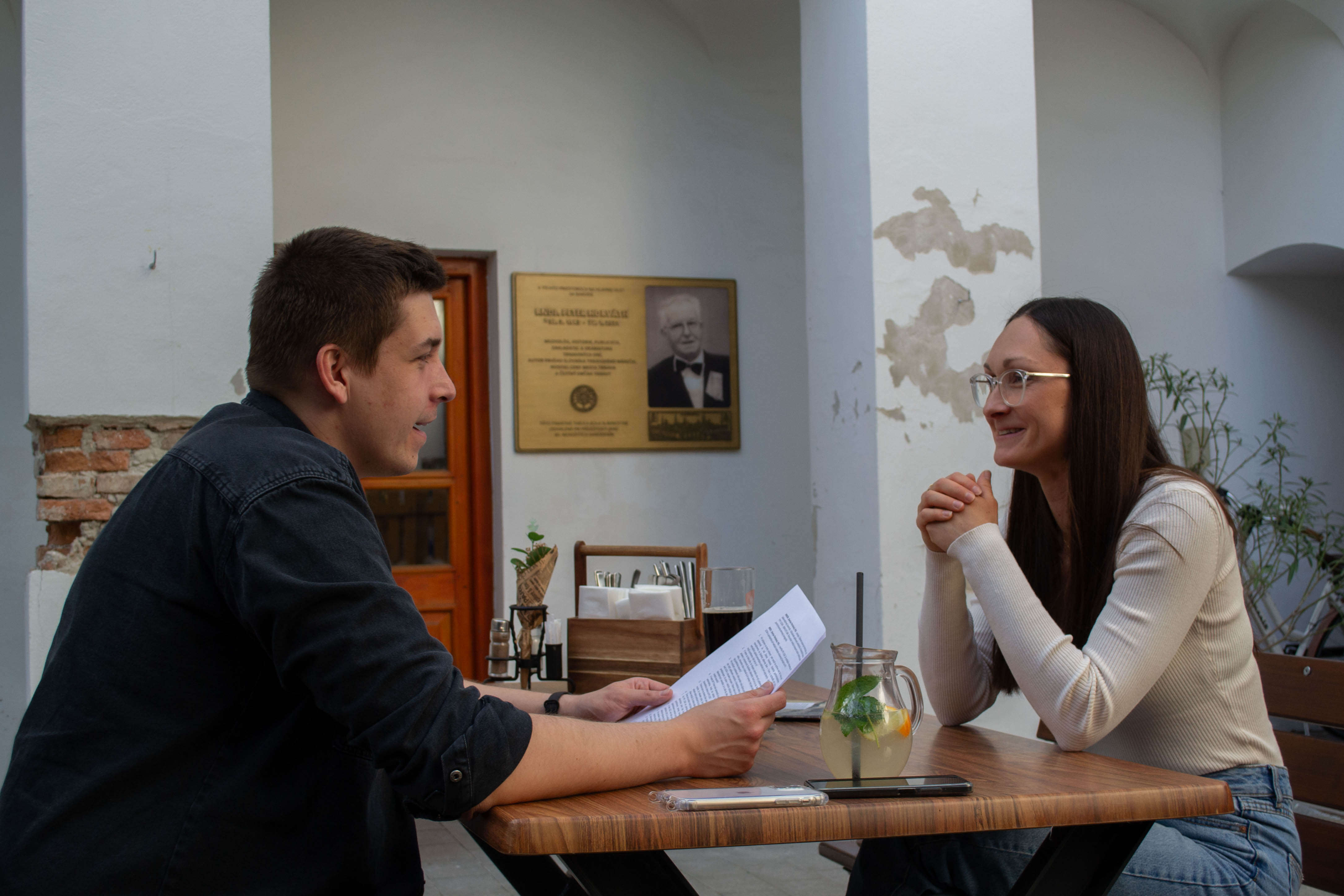
Did you prefer a PhD at UCM to the Slovak Academy of Sciences?
Yes, again Associate Professor Horník played a role in this. He offered me a topic that I was very interested in. We were looking at the transport of substances in plants using positron emission tomography (PET). At that time, only about four laboratories in the world were looking at this.
Later, in 2022, you were awarded a commemorative medal by the University for the 25th anniversary of the founding of UCM, for your excellent representation of the UCM Faculty of Science and for your cooperation in the implementation of scientific research activities.
This award was just related to the research for my dissertation. I learned how to operate the software of the aforementioned positron emission tomograph and performed the necessary analyses for the research. Therefore, after graduation, I returned to the university for a long time, collaborating on scientific articles and training students to perform these analyses.
After completing your PhD, you started working at the State Institute for Drug Control in 2016
(ŠÚKL). How did you manage to get there?
It's not a big story (laughs). I sent out a few CVs before I defended my dissertation. One of them was also to ŠÚKL. The head of the laboratory control section liked me, invited me for an interview and it worked out.
Did she also tell you later what attracted her to you so much?
First of all, that I spent two months on exchange at the University of Helsinki, where I worked on the chemical synthesis of radiopharmaceuticals and their quality control, among other methods, using HPLC - high performance liquid chromatography. This method is a common test method in drug analysis in combination with a UV detector.
Note: Radiopharmaceuticals are drugs containing one or more radionuclide atoms. In addition to their use in diagnostics, such as positron emission tomography (PET), these drugs are also used in therapy to deliver targeted radiation to malignant cells, leading to their subsequent death at the site of the tumour.
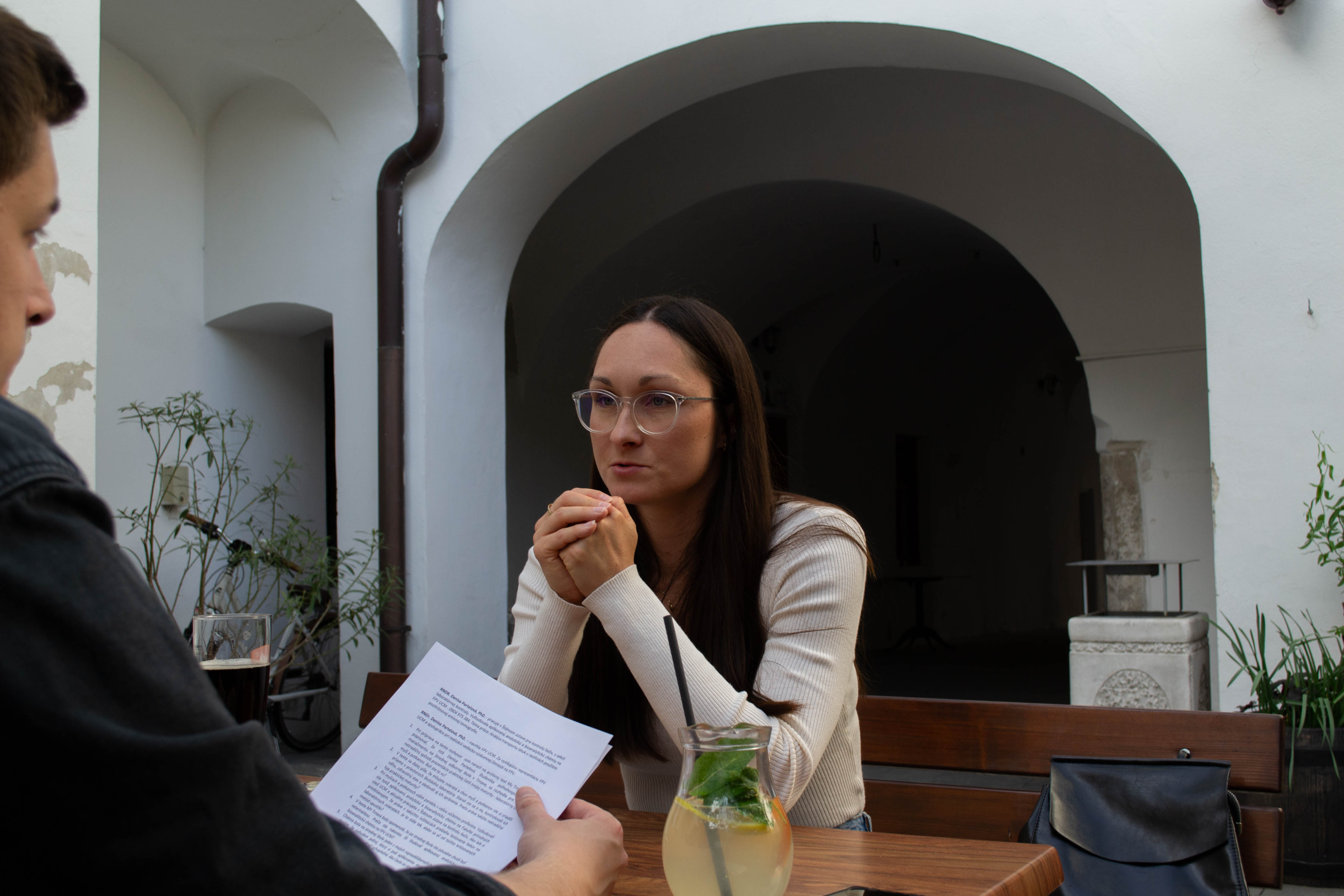
Over the years you have worked at the State Institute for Drug Control, you have worked your way up through a number of positions. You joined it as an analyst, and since 2019 you have been the head of the department of physicochemical methods. What exactly do you do in it today?
I felt the need for a change after years in the lab, so when the position became available, I applied to join the clinical drug trials and pharmacovigilance section, which I did. I am currently involved in the assessment of clinical drug trials, which I have always been attracted to.
Try to tell us more about what clinical trials of medicines actually are.
Any research in man which determines or confirms clinical, pharmacological or other pharmacodynamic effects, which demonstrates any adverse effect, and which ascertains the absorption, distribution, metabolism and excretion of one or more investigational medicinal products for human use in order to establish their safety and efficacy. The clinical trial shall also assess the bioavailability and bioequivalence of the investigational medicinal product.
And what do we mean by clinical trial assessment?
Clinical trial assessment means the evaluation of the documentation related to a specific clinical trial of a medicinal product on the basis of the relevant laws and guidelines. This process involves an independent assessment of the quality, safety and efficacy of a medicinal product based on the information and data provided.
To give you an idea. Do you receive paper documentation for clinical trials of new drugs, which you then independently assess?
Exactly. Since I worked in a laboratory, I assess the quality of the drug from the clinical trial documentation submitted. This includes an assessment of the qualitative and quantitative composition, the development process, the manufacturing process and the selection of appropriate methods for the analytical control of the active substance and the medicinal product. In this assessment, we follow the regulations set out by the European Medicines Agency, which every manufacturer in the EU must comply with.
How long does such an assessment of a clinical trial dossier take?
It can take a maximum of 106 days from the submission of the application for clinical trial approval.
